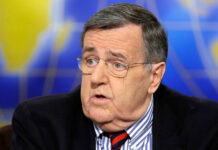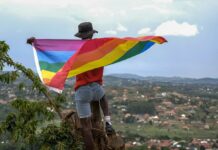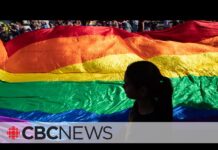Happy Pride Month! Can you name all the Pride flags? Here’s a look at many different ones, from original rainbow to lesbian to genderfluid and other sexual orientations and gender identities.
“Pride flags are a bold visual representation of the movement,” Jessica Stern, executive director of OutRight Action International said. “And, rightly so, there are many, echoing the diversity of identities within the LGBTIQ community, and the need for everyone to be seen and recognized.”
Flying flags that celebrate each of the LGBTQ communities is primarily an act of visibility, Chris Hartman, the director of the Kentucky Fairness Campaign , told the Courier Journal (part of the USA TODAY Network) in 2019. Hartman credited the success of civil rights movements to a group’s visibility within a community.
“We know that visibility is key to acceptance and legal rights and to changing hearts and minds,” Hartman said.
If you’re puzzled by a term listed here and feel like you can ask someone you love in the LGBTQ community to help you make sense of it, do it. But also be careful not to put the burden of your education on other people when there’s a whole wide world of resources out there.
LGBTQ glossary: Definitions every good ally should know
Here’s what each of these Pride flags represent, many of which are detailed by LGBTQ human rights organization OutRight Action International and the University of Northern Colorado:
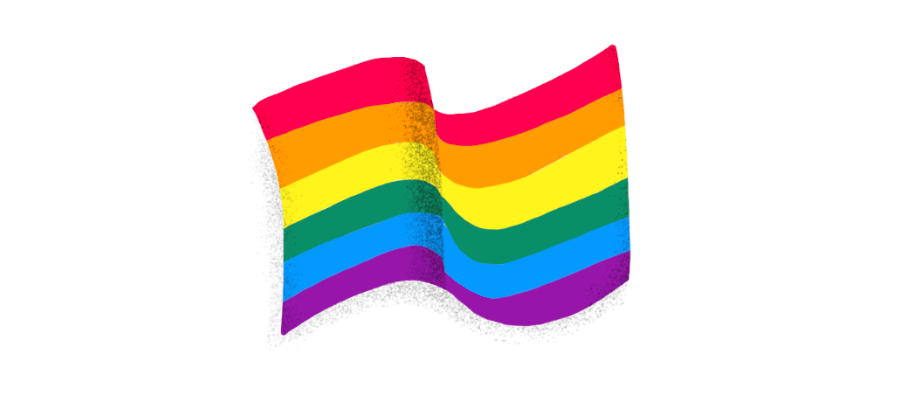
The universal symbol of pride for LGBTQ people around the world.
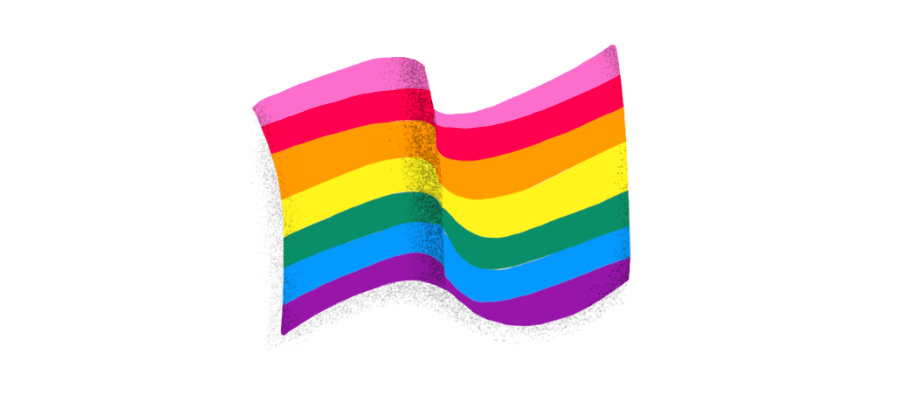
In the late ’70s, Harvey Milk, the first openly gay elected official in California, challenged activist Gilbert Baker to design a symbol of hope for the gay community. Baker’s original design had eight stripes, and included the color pink. It first flew in 1978. In the intervening years eight stripes became six, pink was removed, and royal blue replaced turquoise.
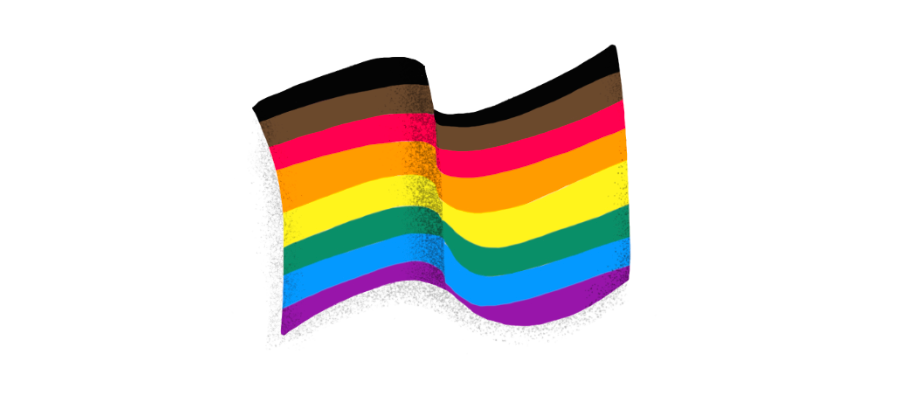
Philadelphia redesigned the Pride flag in 2017 to include the colors brown and black in an effort to promote diversity and inclusion and to “honor the lives of our Black and brown LGBTQ siblings,” the city said in a statement. Philadelphia’s Office of LGBT Affairs partnered with Tierney, a Philadelphia PR agency, to redesign the flag as part of its new inclusivity campaign, #MoreColorMorePride.
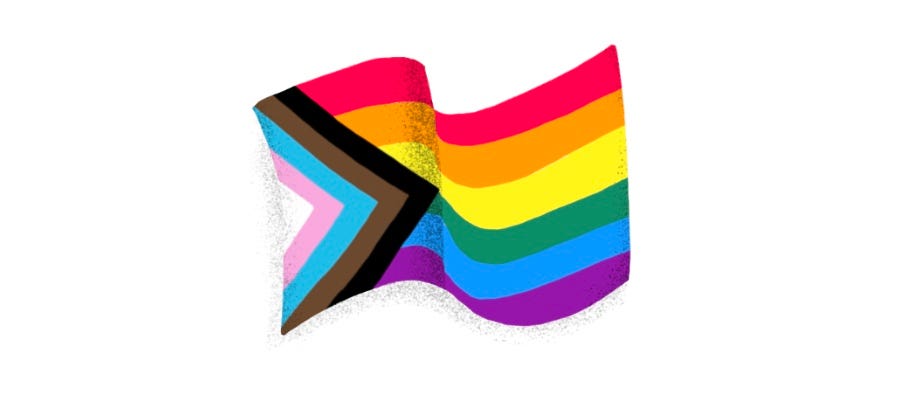
Designed by Daniel Quasar in 2018, it adds five new colors to emphasize progress around inclusion. The flag includes black and brown stripes to represent people of color, and baby blue, pink and white, which are used in the Transgender Pride Flag.

While various iterations of the flag exist, this one created in 2018 by Emily Gwen features shades of orange, purple and pink.
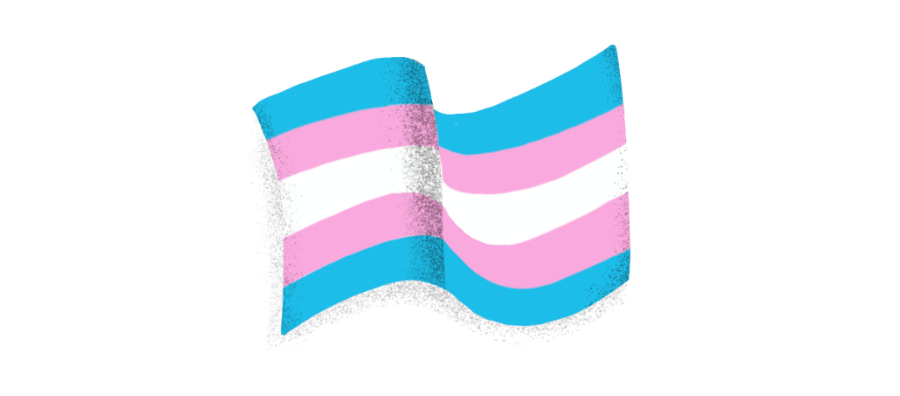
Transgender activist Monica Helms made this flag in 1999. The light blue and light pink represent the colors baby girls and boys have traditionally been designated at birth and the white stands for intersex, transitioning or a neutral/undefined gender.
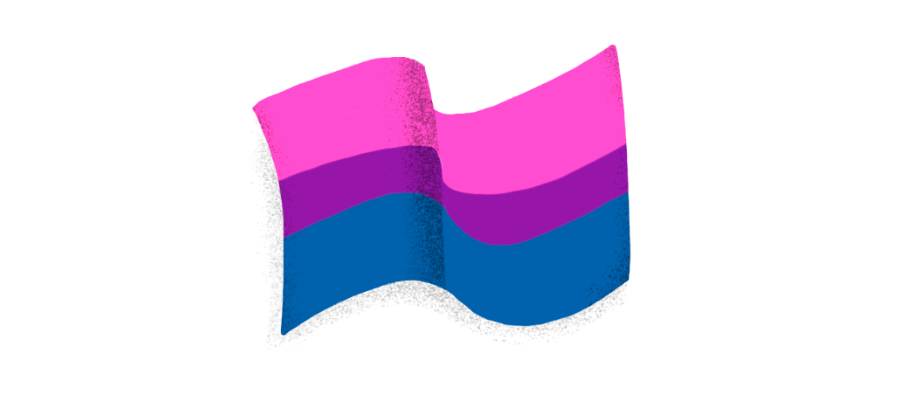
The Bisexual Pride Flag, which activist Michael Page introduced in 1998, features pink (same-sex attraction), purple (attraction to all or multiple genders) and royal blue (attraction only to opposite sex).
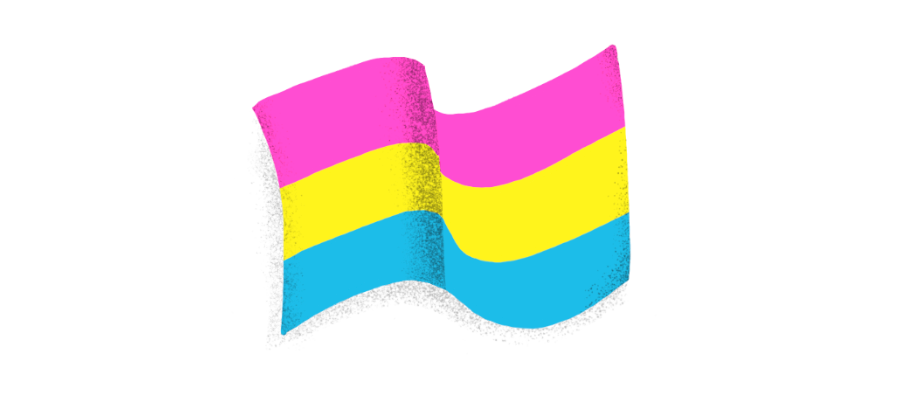
The pink stripes in the pansexual flag reference those who are attracted to women, while the blue references those who are attracted to men. Yellow stands for nonbinary attraction.

In the asexual Pride flag, the black stripe is for asexuality; the gray for the gray area in between sexual and asexual and demisexuality; the white for non-asexual partners and allies; and the purple for community. Asexuals or “aces” are people who usually do not feel sexually attracted to anyone.

The intersex flag features gender-neutral colors yellow and purple. The circle “represents wholeness, completeness and the intersex people’s potentiality,” according to the University of Northern Colorado. Intersex is an umbrella term for people with variations in sex characteristics that don’t fit neatly in the binary of male or female. Some intersex people are born with varying reproductive anatomy or sex traits — some develop them later in life. About 1.7 percent of people are born intersex.
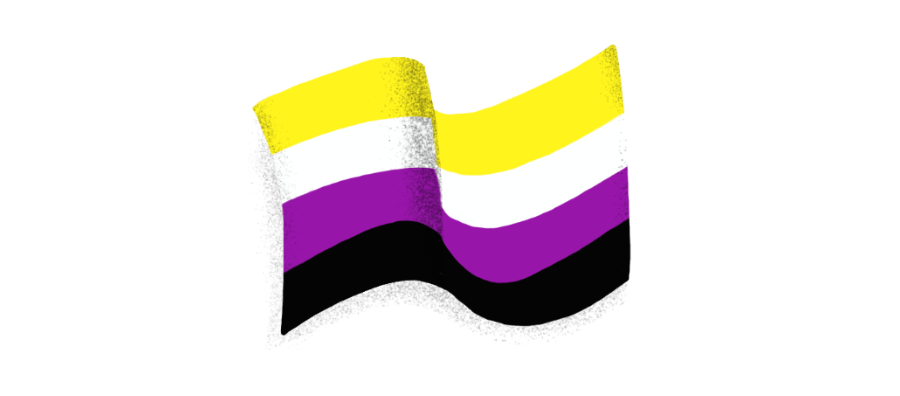
Kyle Rowan is behind the nonbinary pride flag , released in 2014. The yellow is for those whose gender is outside the traditional binary; the white for those with all genders or multiple ones; the purple for those who identify as a male and female mix; and the black for those who don’t have a gender.
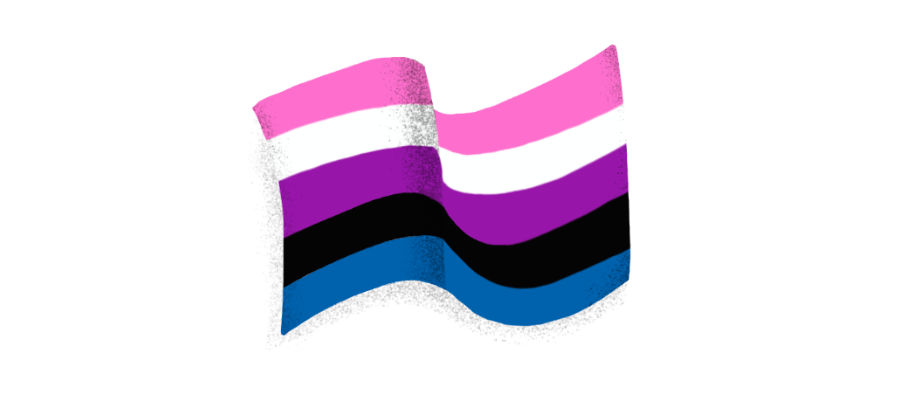
The flag includes five stripes, representing femininity (pink), masculinity (blue), purple (both), black (all genders) and white (no gender).

Made in 2011 by genderqueer writer Marilyn Roxie. The colors are lavender (a blue and pink combination, to stand for androgyny), white (agender) and chartreuse (not in the gender binary).
Contributing: Lauren Deppen
Gender identity and sex: Find out how they differ based on science and spectrum
There are dozens of different gender identities and three different types of sexes. Here’s a look at the science and culture behind it all.
Just the FAQs, USA TODAY
Published
10:52 am UTC Jun. 1, 2021
Updated
10:53 am UTC Jun. 1, 2021




